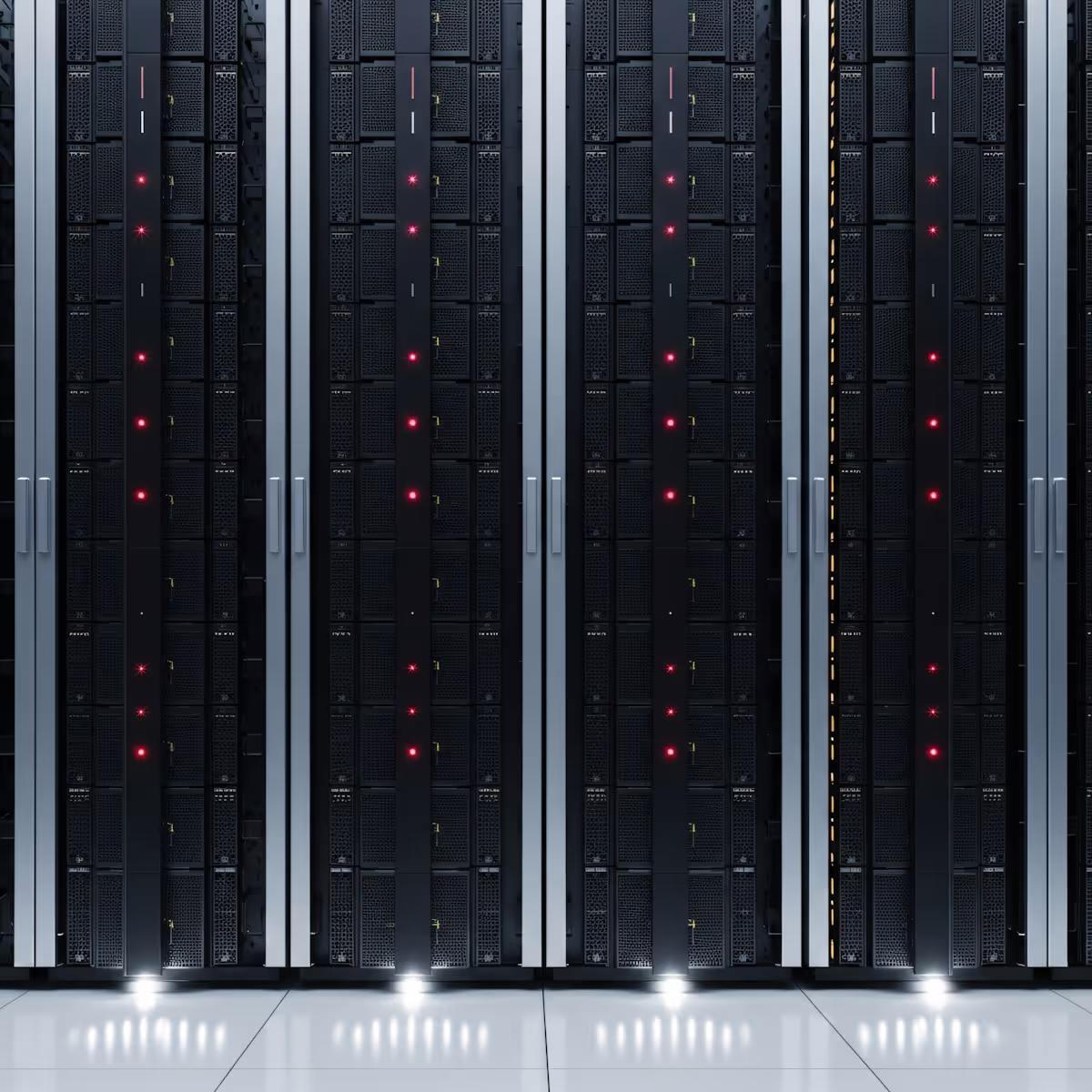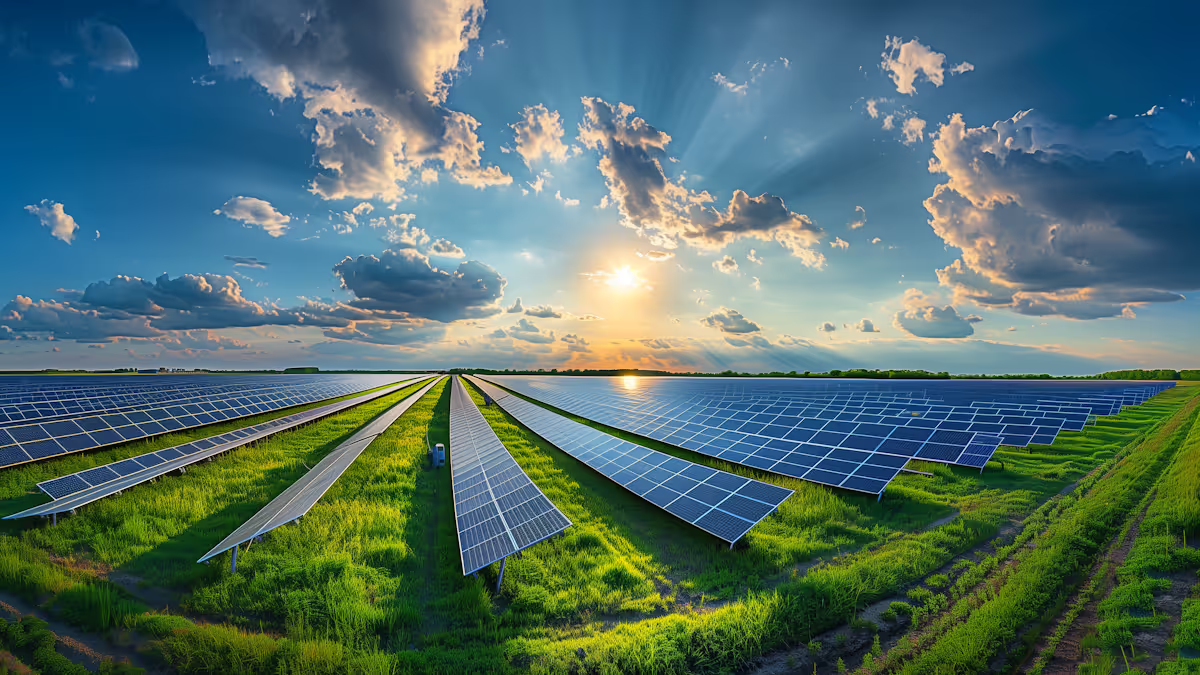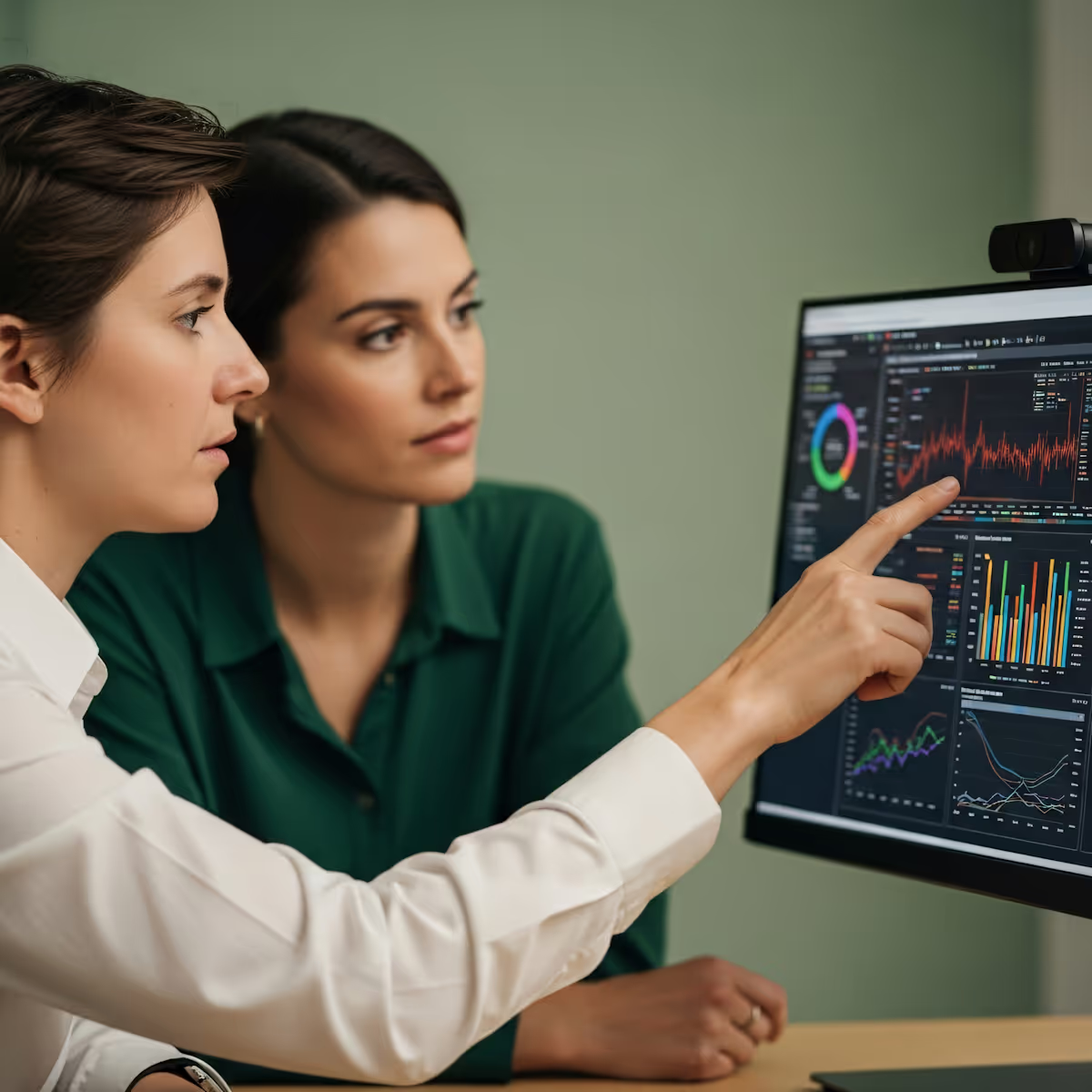Smart Tech & Analytics
September 11, 2025
Integrating AI in Renewable Energy Operations
From predictive maintenance to automated energy forecasting, see how artificial intelligence is reshaping clean power systems.

In today’s fast-evolving energy landscape, efficiency isn’t just about hardware — it’s about intelligence. Smart monitoring and analytics are redefining how renewable systems perform, enabling organizations to anticipate issues, minimize downtime, and extract maximum value from every ray of sunlight.
From Static Systems to Living Networks
Renewable infrastructure used to be static — built, connected, and left to operate on predictable cycles. Today, sensors and smart monitoring have turned these systems into living networks that constantly collect, interpret, and respond to data.
IoT-based energy systems now provide second-by-second insights into performance, weather conditions, and equipment health, creating opportunities to fine-tune efficiency and reduce waste.
Turning Insights Into Action
Data alone doesn’t improve efficiency — intelligence does. By applying analytics and machine learning to performance data, energy operators can predict maintenance needs and optimize output dynamically.
For example, AI-driven algorithms can detect underperforming panels and automatically adjust grid flow or dispatch alerts before power loss occurs. Over time, the system learns patterns, continually improving accuracy and reliability.
“Smart monitoring bridges the gap between sustainability and performance — it makes clean energy truly intelligent.”
Case in Point: Aurora Solar Farm
At the Aurora Solar Farm, Helio deployed a custom analytics network across 3,000 inverters and data points. Within the first year:
- Efficiency increased by 35%
- Downtime dropped by 22%
- Maintenance costs fell by 20%
These results demonstrate the tangible impact of transforming raw data into actionable intelligence.


Connecting Everything, Everywhere
As renewable systems expand, integration becomes key. The next frontier lies in connecting multiple energy sources — solar, wind, and EV infrastructure — into unified, intelligent grids that learn and adapt in real time.
With the right data foundation, the clean energy of tomorrow will be predictive, self-optimizing, and globally connected.


